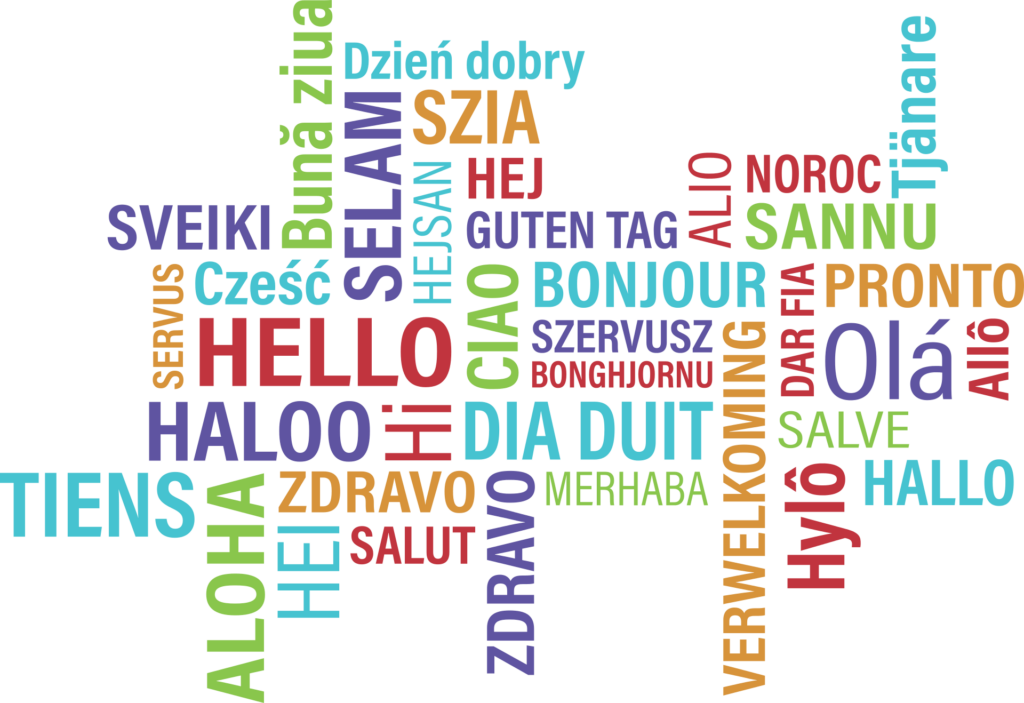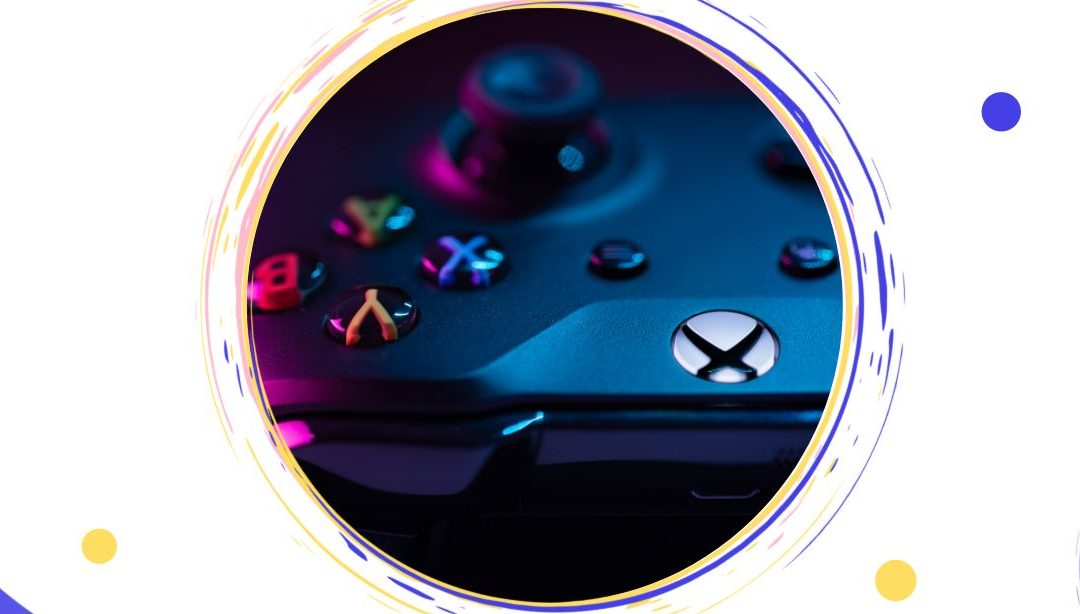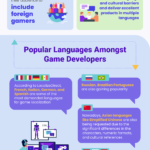When you plan to expand your brand at the international level or to reach a new market for your game, you must accurately localize and adapt it to the appropriate culture. Therefore, having a game localization strategy is a critical step.
By successfully localizing your game, you do not just increase its reputation and the number of players, but ultimately, you grow your sales and revenue. And this happens because your game fits the social, cultural, economic, religious customs and traditions that characterize the specific target market.
A localization strategy acts as a guide of what you want to achieve and how you get there. You might ask: Do I really need one? Let’s say this: the lack of a gaming localization strategy usually means a poor localization, which translates also into a bad reputation of your game and unhappy game players, that will have a second thought before buying another game from you. In the long term, this means lower turnover and unhappy stakeholders.
Why would you care? Well, let’s consider these stats:
- In 2021, 2.8 billion players worldwide will generate a turnover of $189.3 billion on the global games market, while the forecasts estimate the industry will worth $200 billion by the end of 2023. As the economies of the Middle East, Southeast Asia, and North Africa the infrastructure in these countries continue to grow, emerging markets will play an important role in generating these revenues.
- In 2020, mobile gaming had the biggest share of the market with 48% of players engaging in mobile gaming
- A large number of players will not download your game if they don’t understand the language used in the game
- According to Newzoo, Western Europe had the highest year-on-year growth rate from 2018-2019 with a growth rate of 12.3%
- The Online Gaming Market is predicted to hit a value of $79 billion by 2025
- Free To Play (F2P) games made 80% of the total digital games’ revenue in 2018, beginning to dominate the market in recent years.
As the data show, the gaming industry is becoming more and more popular with an increasing turnover. But it also has a more complex and sophisticated audience than other industries, with a mindset and cultural behavior that are different from an average customer. So, regardless of your game genre, if you want to enter new markets and increase the number of your customers, then having a localization strategy is an element of your marketing plan you can’t afford to skip.
Here are the five-step process of creating a successful game localization strategy:
- Choose the target market
- Define the localization goals
- Choose if you handle the localization process in-house or outsource
- Start early
- Track your success
1. Choose the target market
When you want to expand your business, it’s important to have a well-documented and well-planned strategy in hand. That’s why you should research the market you want to enter on and make sure it’s the right one for your game.
It’s important to understand the economic, cultural, social, and legal particularities of that specific market before starting the localization process. Check if your game’s features or context conflict in one way or another with different cultures or if you in a game included graphics or iconography that’s sensitive to some locales.
Try to honestly answer some important questions, such as: Will your game be successful for that foreign audience? Is there a demand for it? And most important: do you estimate it will sell?
Finding the ideal market is not as simple as targeting that geographic region with great potential for players. In addition to the large audience, there are other factors you need to consider. At least in theory, statistical data on similar games released in a specific area will help you figure out which game genres and styles would be more appropriate and which would not.
Here are some things to look for:
- The success rate of other games in your genre for each region you’re considering
- Weigh up countries with the highest and lowest English levels
- Identify countries that have the most content restrictions
However, you should also be aware of the difference between localizing for a target market and localizing for a geographical region. If targeting a geographical region can be considered as being a country, for example, a target market can be, characterized by the language spoken there:
- Simplified Chinese is pretty inexpensive and can bring you a huge potential audience
- French opens up to another 32 million potential players. And it doesn’t mean just France, but also Canada and other former French colonies.
- Russians are not very good speakers of English, so if you want to conquer that market, your game needs to be in Russian. Luckily, translation and localization from English into Russian don’t cost usually so much money.
2. Define your game localization goals
Before setting your localization goals, you should understand and define what localization means for your game. At the first glance, video game localization is the act of transforming a game’s content from one language into another and adapting it to the specificity of a region.
But, localization could it mean many things, depending on the target market. But usually, this is a process that involves text translation of the original copy into the targeted language, voice recording, visual changes, and more. Most developers and publishers, follow a multi-step process that involves:
- Familiarization is a process that learns everything about a game – like its style, tone, and cultural elements — and records it in a glossary and style guide;
- Translation and culturalization turn all the game’s assets (text, design, audio, context, etc.) from the original language and culture into another;
- Revision checks and corrects spelling, typos, and stylistic errors and ensures consistency of translation and terminology used in the translated version of the game;
- The regional adaptation that the translated content complies with all rules, standards, and legal regulations of a particular region.
- Localization quality assurance (LQA) refers to testing the quality of the translation and how all translated and localized elements integrate into the new version of the game.
As these decisions will impact the project’s quality and speed, it’s important to set from the very beginning what your game localization goals are.
3. Choose the best way for localizing your game
Before effectively starting your game localization project, decide if you want to handle this process in-house or you want to outsource.
If you have inside of your company the linguists and the professionals who can do the translation and localization in-house, then you should do this. For many companies, this is the easiest and best way to walk through all the localization process.
But if you decide to outsource, it’s important to know in advance what you’re facing. The way the project will run will differ a lot depending on whether you’re hiring a translation and localization agency or freelancers.
On one side, independent professionals tend to be cheaper but they also offer fewer services – such as language quality assurance that checks the translation’s quality and the integration of all other visual and coding elements. Therefore, you must consider building a team if you want to have high-quality translation and localization services.
On the other hand, larger providers, such as agencies, will act as a one-stop-shop provider for your current and future needs. Thanks to the more complex teams they have, an agency will be able to manage translation and localization projects in all the languages you might need. This will significantly reduce your project management effort.
4. Start early with your game localization
The faster you take into account localization in a game’s creation and development process the better. For example, if you know from which languages you will translate the game into before you start, developers can think of language-specific changes like gender/noun issues, non-breaking spaces and special characters, so they don’t become serious issues later.
5. Track your success
A game’s localization quality and success can be measured in two parts: critical user feedback and the return on investment you get as a result of your sales.
Critical user feedback includes things like evaluations and reviews that let you know how the audience engaged with your game. For exam[le, when your game receives lower reviews in a country you localized into, then you should look into the quality of that localization. Similarly, financial success in selected regions — numbers like sales and return on investment — is a significant indicator of whether a localization was worth it.
Understanding how the location of your game went over both financially and in terms of market perception helps you understand clearly whether it was a worthwhile investment or not and acts as a guide for future projects.
Final words

Follow these five steps and you’ve built a robust game localization strategy that will put you on the right track to a successful localization. But these steps are just the tip of the iceberg. Before you take on a full-scale localization project there are some serious questions you need to ask of your team or outsource partner.
Hiring a game localization company should be your top priority if you want to make your game accessible to a global audience. A game localization company has the skills and expertise to make sure that your game is easily understood by people all over the world. They can translate your game into different languages, add culturally-appropriate graphics, and make sure that the game is properly formatted for different locales. The game localization company can also help you create marketing campaigns that target different regions, as well as make sure that your game is compliant with local regulations. Hiring a game localization company is essential if you want to make sure that your game is successful in the global market.






